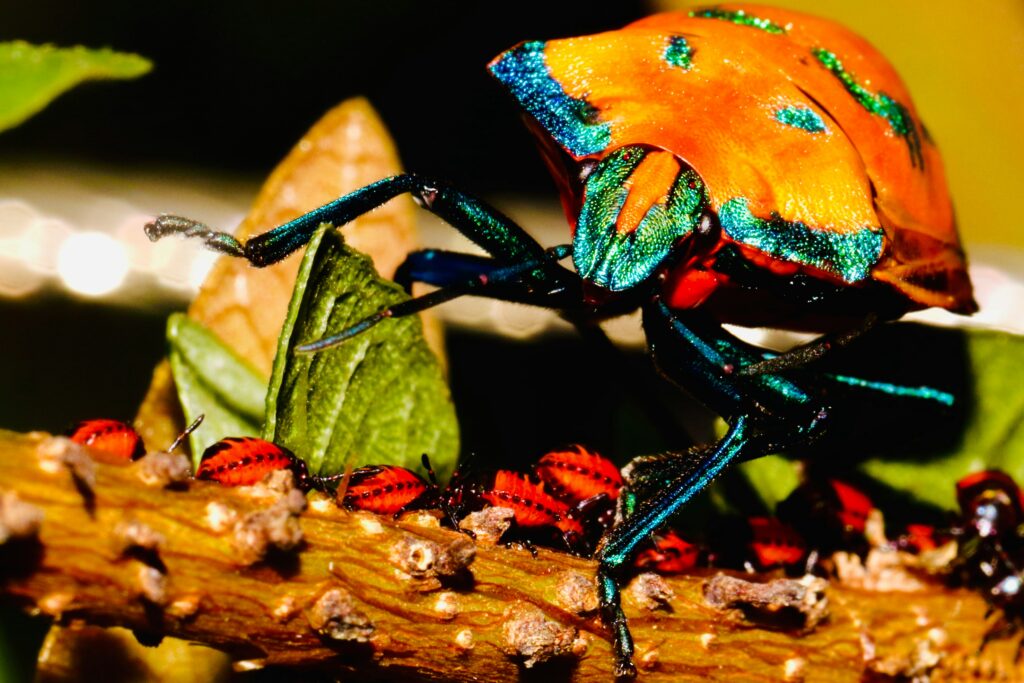In the vast tapestry of nature’s wonders, few creatures combine artistry, color, and performance quite like the peacock spider. Despite measuring merely 3-5 millimeters—smaller than a pencil eraser—these arachnids possess an outsized presence in the animal kingdom. Native to Australia, peacock spiders (genus Maratus) have captured the imagination of scientists and nature enthusiasts worldwide with their elaborate courtship dances and brilliant, iridescent colors. What makes these diminutive performers truly remarkable is not just their appearance but their complex behaviors that challenge our understanding of tiny creatures. As we delve into the world of these fascinating arachnids, prepare to discover how these miniature marvels exemplify nature’s boundless creativity in even its smallest expressions.
The Discovery and Classification of Peacock Spiders
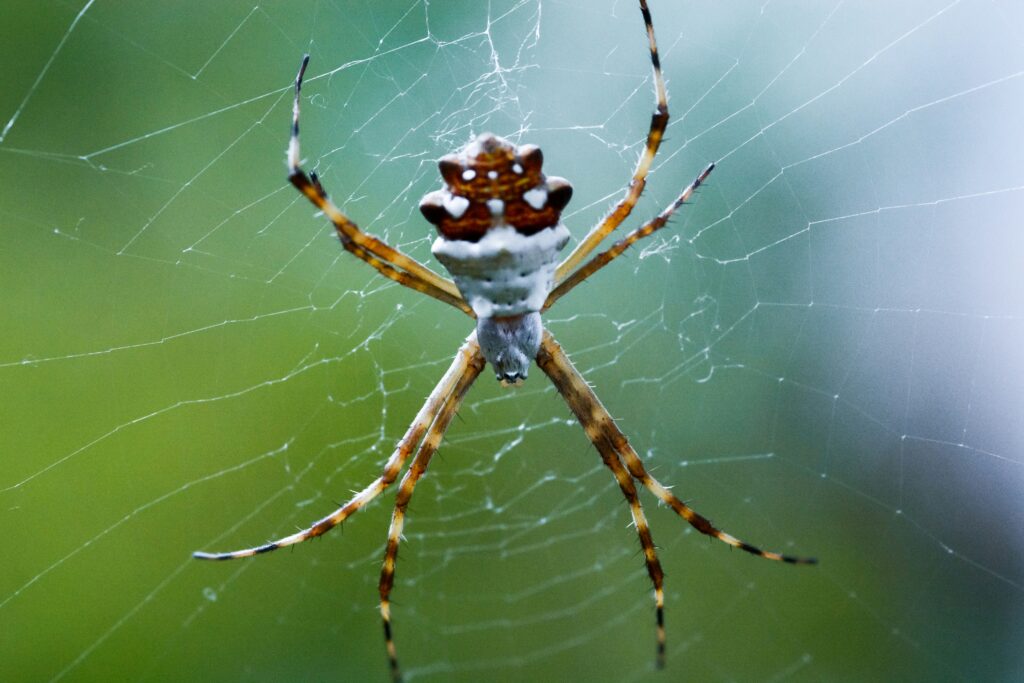
The scientific journey of peacock spiders began in 1874 when the first species was formally described, though they remained relatively obscure to the scientific community for over a century afterward. It wasn’t until the early 2000s that these spiders exploded into public consciousness, largely thanks to the pioneering photography and research of Australian photographer Jürgen Otto, whose detailed images and videos revealed their extraordinary colors and behaviors to the world. Taxonomically, peacock spiders belong to the jumping spider family Salticidae, with the colorful dancing species classified in the genus Maratus. The genus has expanded dramatically in recent years, growing from just a handful of known species in the early 2000s to more than 90 documented species today. This remarkable rate of discovery suggests that many more peacock spider species likely remain undescribed in Australia’s diverse habitats, awaiting their scientific debut.
Physical Characteristics: Small Size, Big Impact
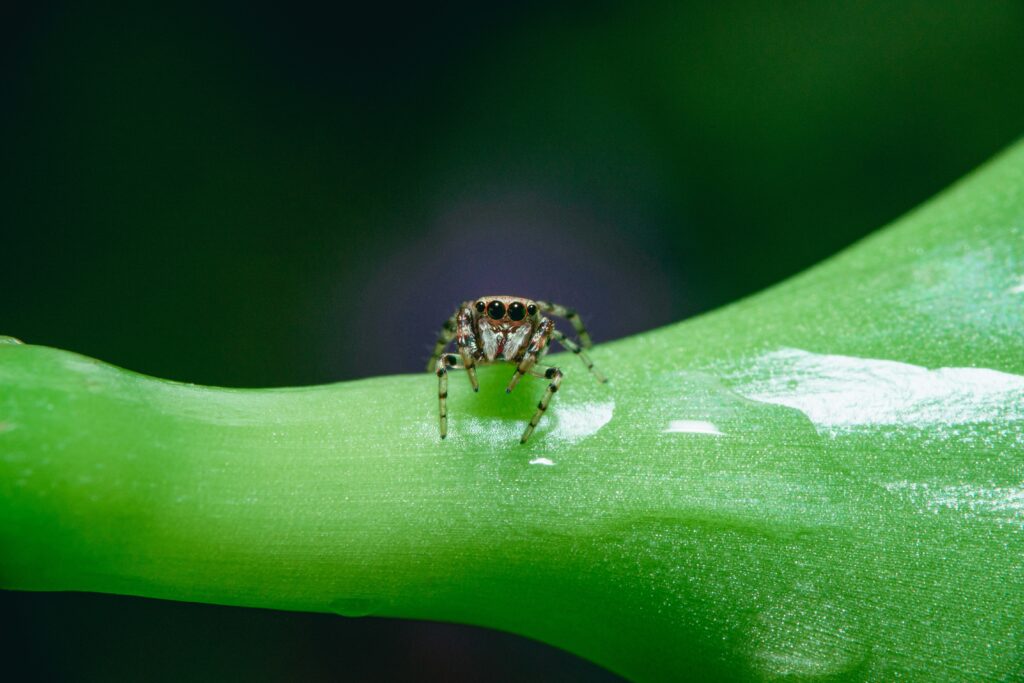
Peacock spiders exemplify the principle that impressive features come in small packages, with males typically measuring 3-5 millimeters and females slightly larger. The most striking feature of males is their brilliantly colored abdominal flap, called the opisthosoma, which can be raised and displayed during courtship like the namesake peacock’s tail. This display area showcases an astonishing range of colors including electric blues, vibrant reds, luminous greens, and golden yellows arranged in species-specific patterns. What makes these colors particularly remarkable is that they’re not produced by pigments but by complex nanostructures that reflect and refract light—a phenomenon known as structural coloration, the same principle behind butterfly wings and opal gemstones. Female peacock spiders, in contrast, wear muted browns and grays that provide camouflage against predators, highlighting the sexual dimorphism that drives the males’ elaborate displays.
The Rainbow Palette: How Peacock Spiders Achieve Their Colors
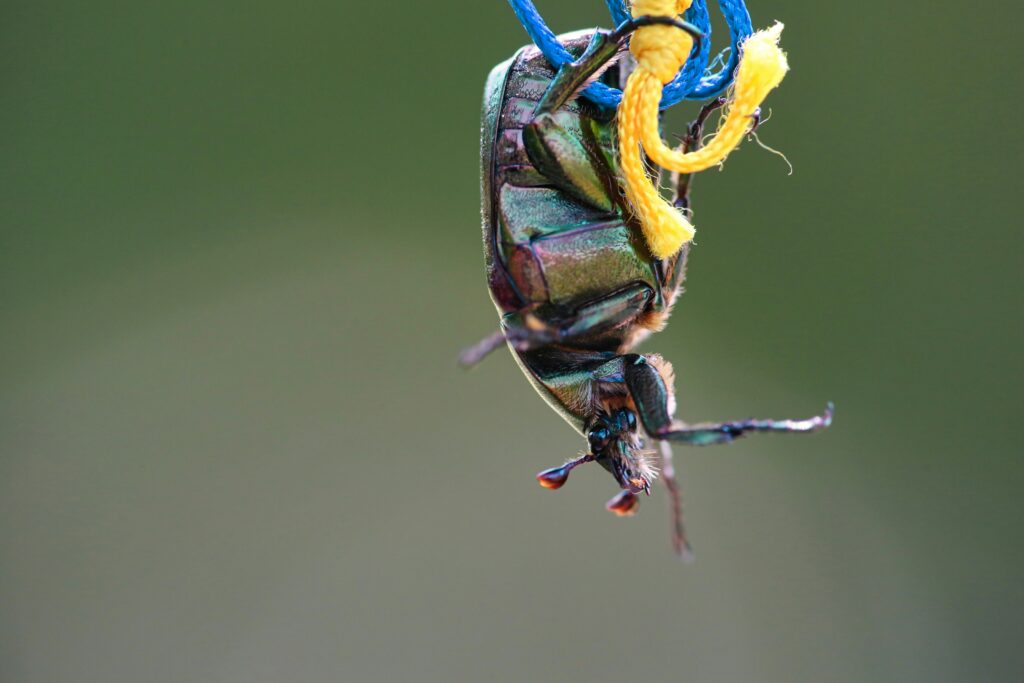
The vibrant coloration of peacock spiders represents one of nature’s most sophisticated optical systems, achieved not through conventional pigments but through intricate structures that manipulate light waves. Research published in Nature Communications revealed that these spiders use specialized scales containing photonic crystals—regular arrays of nanostructures that selectively reflect specific wavelengths of light. Different species have evolved variations in these nanostructures, resulting in unique color patterns that can include precise rainbow gradients, metallic sheens, or ultra-saturated solid colors. Perhaps most remarkably, some species like Maratus speciosus produce colors that change depending on the viewing angle, creating dynamic displays as the spider moves. This natural innovation parallels advanced human technologies in optical physics and provides inspiration for biomimetic materials that could revolutionize fields from textiles to digital displays.
The Art of Seduction: Courtship Dances
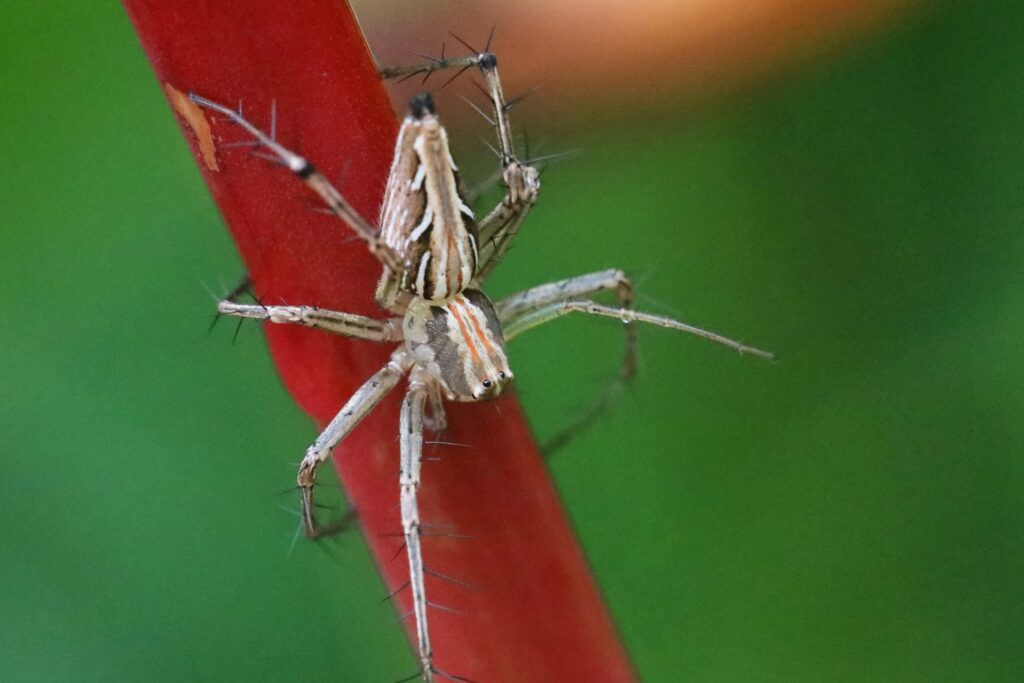
The peacock spider’s courtship dance represents one of the animal kingdom’s most elaborate performances relative to body size, combining visual splendor with choreographed movements. When a male detects a potential mate, he begins by raising his colorful abdominal flap and extending his third pair of legs, which often bear decorative fringes or paddles. What follows is a species-specific routine that can include side-to-side shuffling, vibrating movements, synchronized leg waving, and rhythmic “drumming” on the ground—all precisely calibrated to capture female attention. Different species have evolved specialized dance moves: Maratus volans appears to skate sideways with its abdomen raised high like a sail, while Maratus speciosus performs a frenetic display that resembles an enthusiastic cheerleader with pompoms. These performances require extraordinary energy expenditure and coordination, representing a significant investment that demonstrates the male’s genetic fitness to the discerning female.
Female Choice: The Critical Audience
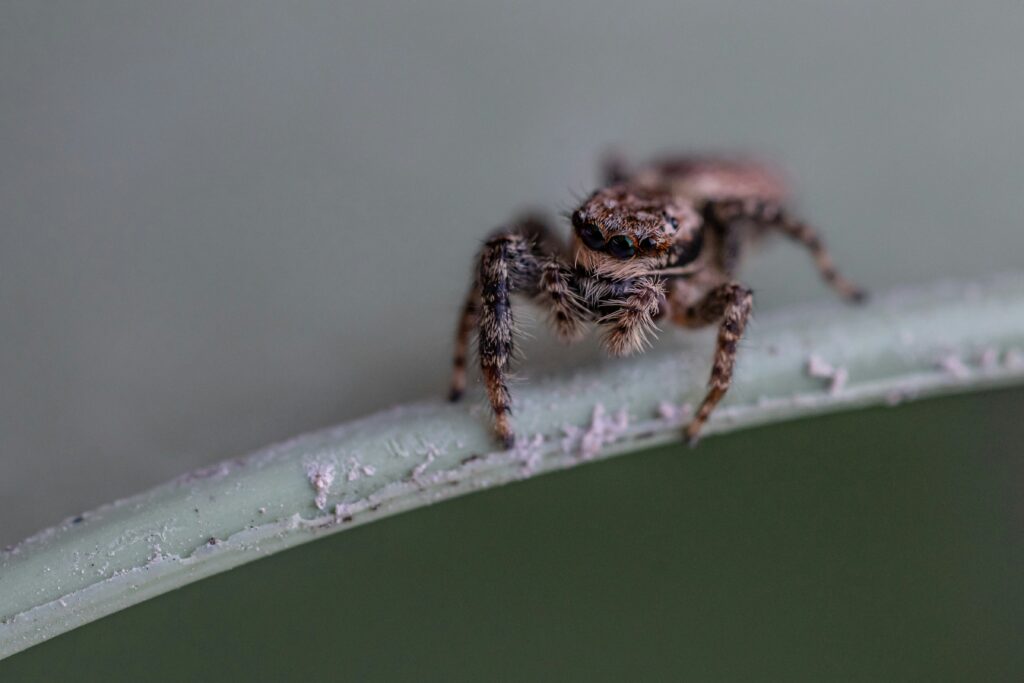
In the peacock spider’s world, female selectivity drives the evolution of male ornamentation and performance, making females the ultimate arbiters of genetic success. Unlike the colorful males, female peacock spiders wear camouflaged attire of browns and grays, blending into their surroundings while critically evaluating potential mates. During courtship displays, females demonstrate remarkable attentiveness, tracking the male’s movements and assessing multiple aspects of his performance, from color vibrancy to dance precision. Studies indicate that females can distinguish subtle differences in display quality, preferring males with more symmetrical patterns and more energetic, coordinated movements. This sexual selection pressure has profound evolutionary consequences—if a female finds a male’s performance lacking, she may simply walk away or, in more dramatic cases, attack and consume the disappointed suitor. This intensity of female choice explains why male peacock spiders have evolved such extreme ornamentation despite the increased predation risks associated with their flashy appearances.
Habitat and Distribution: Australia’s Hidden Gems
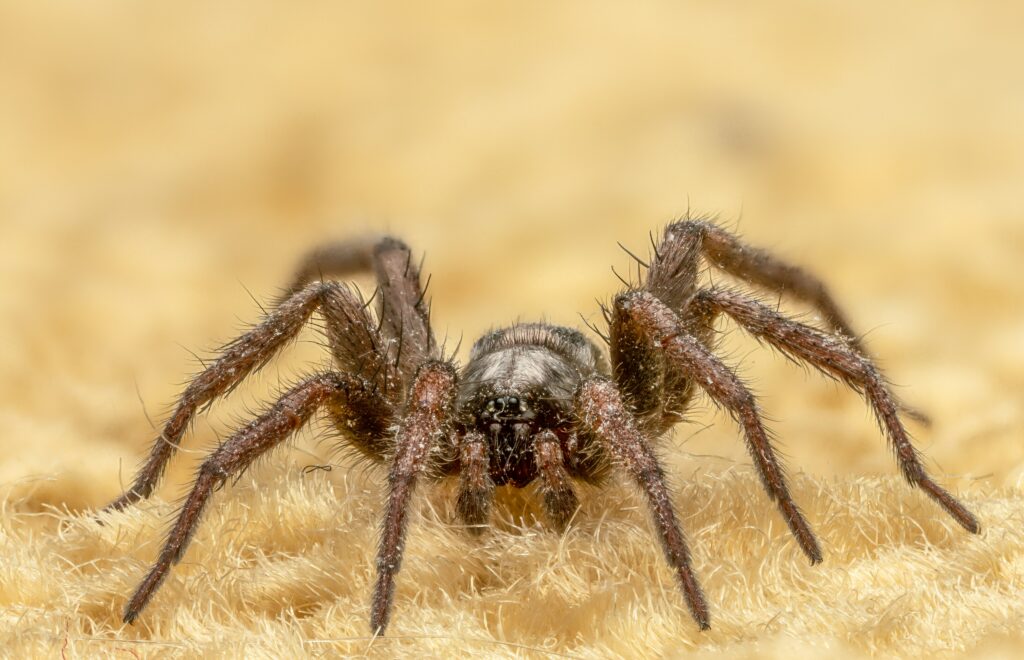
Peacock spiders are exclusively Australian natives, with species distributed primarily across the southern regions of the continent from Western Australia to Queensland. These diminutive arachnids typically inhabit leaf litter, low vegetation, and open ground in a variety of ecosystems including eucalyptus forests, heathlands, and coastal dunes. Different species have adapted to specific microhabitats: Maratus volans prefers coastal areas, while Maratus harrisi inhabits higher elevations in mountain forests. Climate plays a crucial role in their activity patterns, with adults most active during the warmer months of spring and summer when breeding occurs. Their limited distribution makes peacock spiders particularly vulnerable to habitat loss from development, agriculture, and bushfires that increasingly threaten Australian ecosystems. Conservation efforts are complicated by the fact that many species occupy extremely limited ranges, sometimes restricted to just a few square kilometers, making habitat preservation particularly critical.
Hunting Strategies: The Jumping Spider Advantage
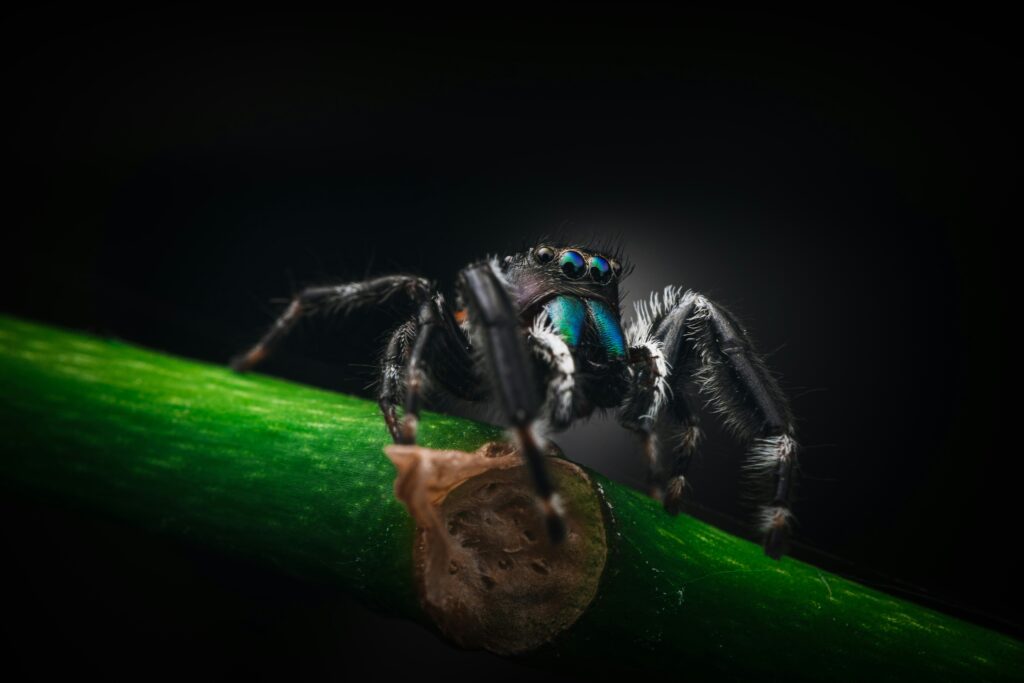
As members of the jumping spider family (Salticidae), peacock spiders employ sophisticated hunting strategies that belie their diminutive size. Their most distinctive feature as predators is their exceptional vision, provided by four pairs of eyes that include large, forward-facing principal eyes capable of detecting movement up to 20 centimeters away—equivalent to a human spotting movement from over 500 meters. Unlike web-building spiders, peacock spiders actively stalk their prey, calculating precise jumping trajectories to ambush insects, often leaping distances more than 40 times their body length. Before jumping, they secure a silk safety line to their starting point—an evolutionary insurance policy against misjudged leaps. Their diet consists primarily of small insects and other arthropods proportionate to their size, with flies, springtails, and small moths forming the bulk of their menu. This active hunting strategy requires significant energy expenditure, balanced by the spider’s efficient metabolism and opportunistic feeding patterns.
Life Cycle and Reproduction
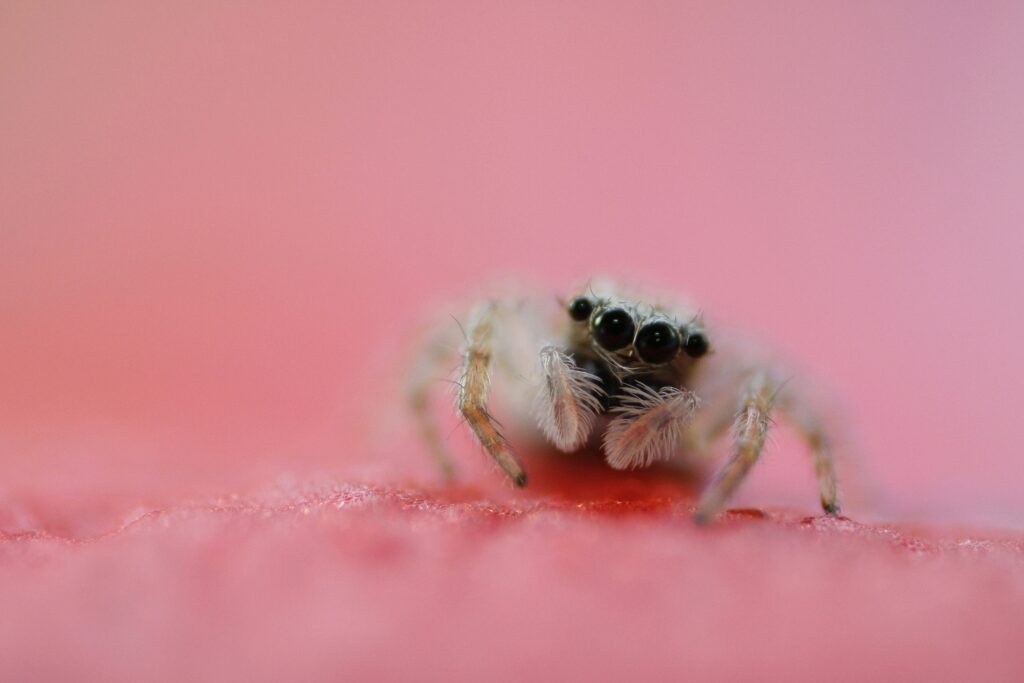
The peacock spider’s life cycle follows a seasonal rhythm, with most species producing a single generation annually. After successful courtship and mating, the female constructs a silk egg sac containing approximately 5-15 eggs, which she guards vigilantly against predators and maintains in optimal environmental conditions. Spiderlings emerge after approximately three weeks, appearing as miniature versions of adults but lacking the distinctive coloration of mature males. These juveniles undergo 4-5 molts before reaching sexual maturity, a process that typically takes 6-9 months depending on food availability and climate conditions. Male peacock spiders face a particularly poignant life trajectory—they invest tremendous energy developing their ornate coloration and perfecting their courtship displays, only to typically live just a few weeks as sexually mature adults during the breeding season. Females generally live longer, with some surviving through a second breeding season, though the majority complete their life cycle within one year.
Scientific Significance and Research Breakthroughs
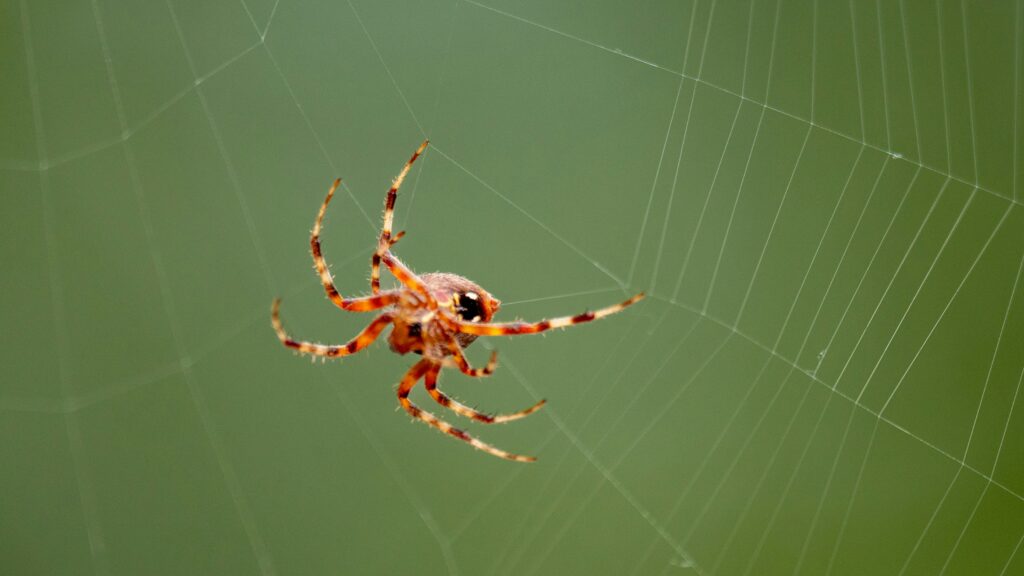
Beyond their aesthetic appeal, peacock spiders have become increasingly important research subjects across multiple scientific disciplines. Evolutionary biologists study them as model organisms for understanding sexual selection mechanisms, providing insights into how elaborate traits evolve despite apparent survival disadvantages. Materials scientists have analyzed the spiders’ structural coloration, with research published in Nature Communications revealing photonic nanostructures that could inspire new technologies in optics and display systems. Biomechanics researchers examine how these tiny creatures achieve their remarkable jumping abilities, potentially informing designs for miniature robots and mechanical systems. Peacock spiders have also contributed to biodiversity research, with the rapid discovery of new species highlighting the need for comprehensive conservation strategies in Australian ecosystems. Some researchers have even investigated the cognitive capabilities of these spiders, finding evidence of complex decision-making processes during hunting and mate selection that challenge conventional understanding of arthropod intelligence.
Conservation Status and Threats
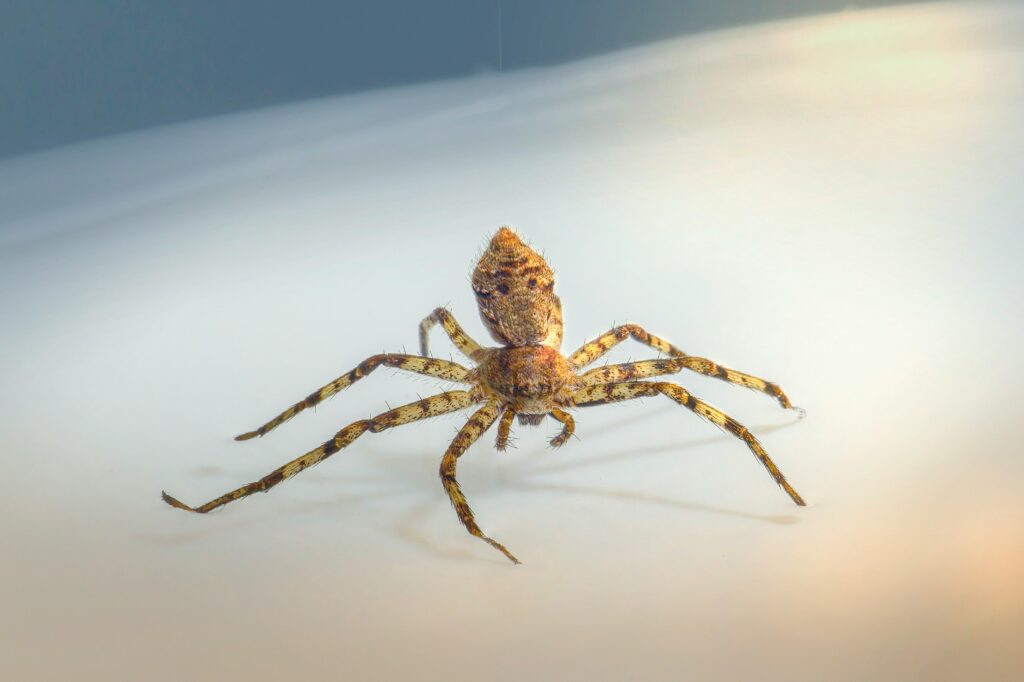
Despite their recent popularity, peacock spiders face numerous threats that could jeopardize their future in Australian ecosystems. Habitat loss represents the most significant challenge, with urban development, agriculture, and mining destroying or fragmenting the specialized environments many species require. Climate change poses another serious threat through increased temperature extremes, altered rainfall patterns, and more frequent bushfires that can devastate local populations, particularly concerning for species with highly restricted ranges. Introduced predators, including non-native ants and insectivorous birds, may also impact peacock spider populations, though limited research exists on these specific interactions. Currently, no peacock spider species appear on international conservation lists such as the IUCN Red List, primarily due to insufficient population data rather than confirmed security. This data deficiency underscores the urgent need for systematic monitoring and habitat protection before potentially vulnerable species face irreversible decline.
Photography Challenges: Capturing the Uncapturable
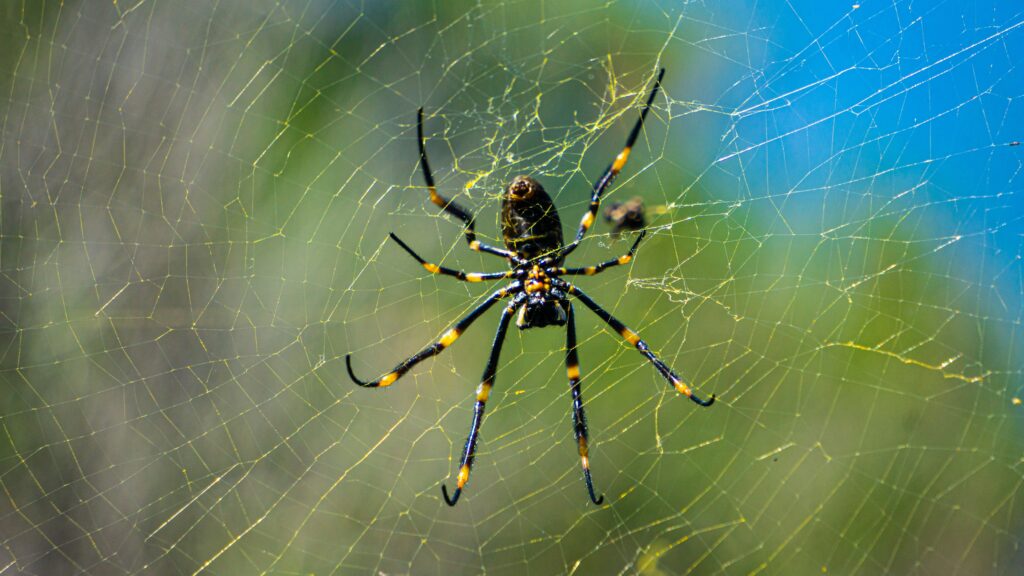
Photographing peacock spiders presents extraordinary technical challenges that have pushed the boundaries of macro photography. Their minuscule size—often smaller than a grain of rice—requires specialized equipment including dedicated macro lenses, extension tubes, and sometimes microscope objectives adapted for camera use. Capturing their iridescent structural colors accurately demands precise lighting techniques, with photographers like Jürgen Otto pioneering methods using diffused flash systems that reveal true coloration without washing out delicate details. Perhaps the greatest challenge comes from documenting their rapid courtship dances, which can include movements occurring in fractions of a second, requiring high-speed video capabilities and exceptional patience. Many breakthrough images have resulted from hundreds of hours in the field, often with photographers lying prone on the ground for extended periods tracking a single spider’s movements. These photographic difficulties explain why peacock spiders remained virtually unknown to the public for so long, despite being described scientifically in the 19th century—their true visual splendor simply exceeded the technical capabilities of earlier imaging technology.
Popular Culture Impact: From Scientific Curiosity to Internet Sensation
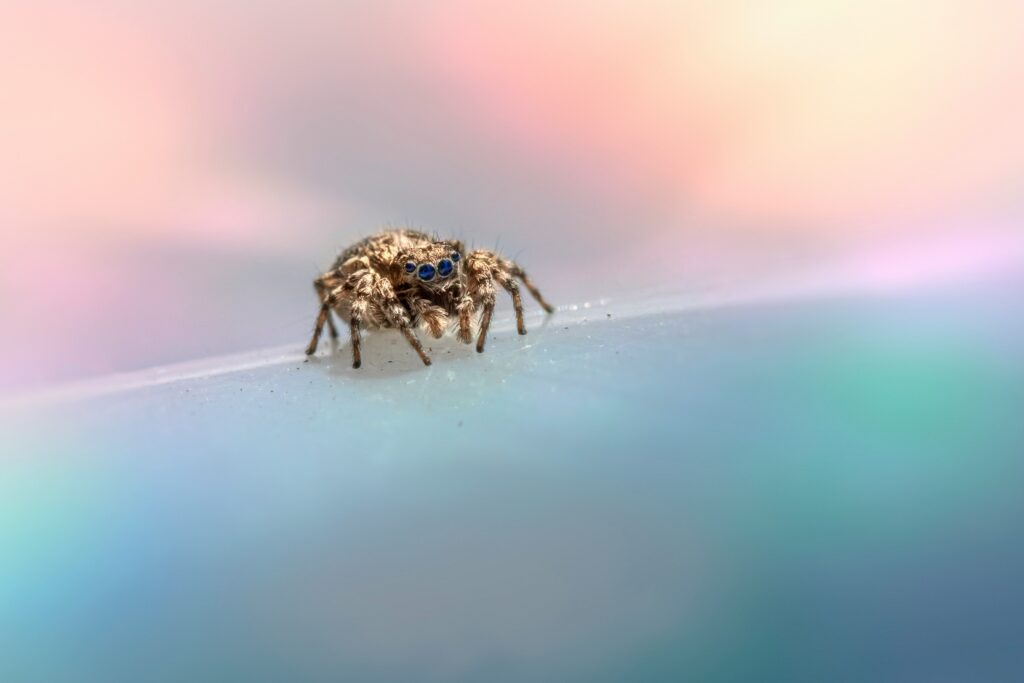
Few scientific discoveries have transitioned so quickly from obscurity to pop culture phenomenon as the peacock spider. After Jürgen Otto began sharing his photographs and videos online in the late 2000s, these spiders rapidly captured global imagination, with clips of their courtship dances amassing millions of views across social media platforms. Their popularity has transcended typical nature enthusiasm, inspiring an array of creative responses including cartoon adaptations, stuffed toys, jewelry designs, and even dance performances mimicking their movements. Science communicators have embraced peacock spiders as ambassadors for arthropod conservation, using their charismatic appearances to challenge arachnophobia and promote appreciation for invertebrate biodiversity. This popularity has had tangible benefits for research, with increased public interest helping fund new expeditions and studies through crowdfunding platforms and institutional support. Some newly discovered species have even received names reflecting their cultural impact, such as Maratus jactatus, nicknamed “Sparklemuffin” by its discoverers, demonstrating how scientific nomenclature can embrace public engagement.
Future Discoveries: What Remains Unknown
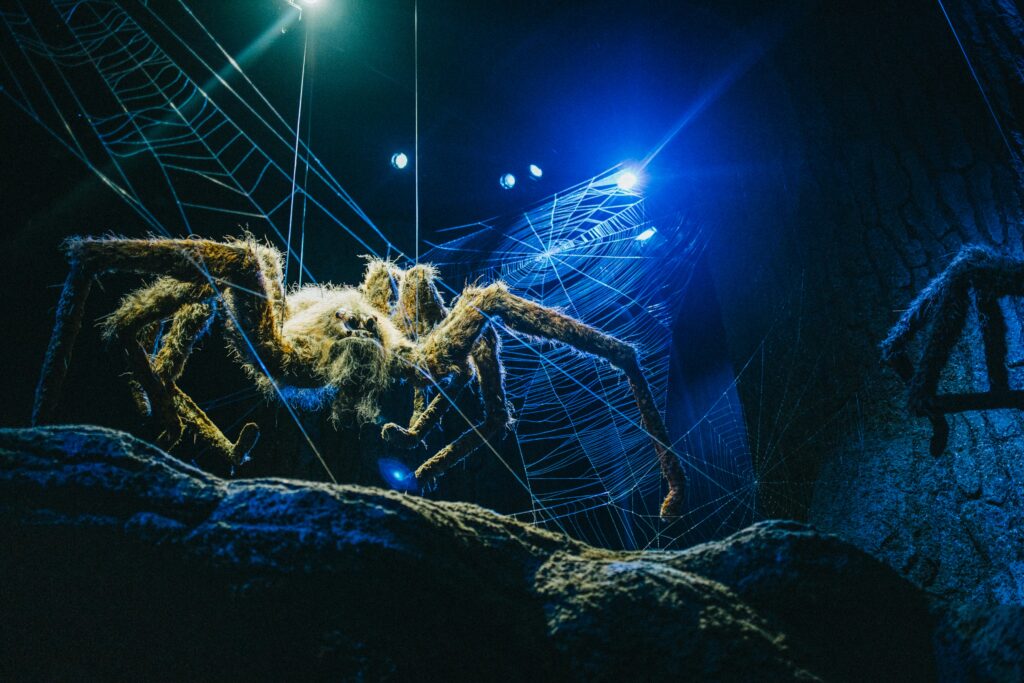
The rapid pace of peacock spider discoveries suggests that significant questions and opportunities await future researchers studying these remarkable arachnids. Biologists anticipate that dozens of undescribed species likely remain undiscovered in remote or under-surveyed regions of Australia, potentially harboring even more spectacular coloration patterns or behavioral adaptations. Neurobiological research may reveal how these tiny spiders, with brains smaller than a poppy seed, process complex visual information and execute intricate courtship displays that suggest sophisticated neural coordination. Evolutionary geneticists are working to map the genomic architecture underlying their structural colors and display behaviors, potentially uncovering novel genetic mechanisms. Conservation biologists face urgent questions about population viability and habitat requirements, particularly as climate change alters Australian ecosystems. Perhaps most intriguingly, researchers continue exploring the cognitive capabilities of these spiders, investigating whether their behaviors represent innate programming or include elements of learning and adaptation that would further challenge our understanding of arthropod intelligence.
As we’ve discovered throughout this exploration, peacock spiders represent nature’s remarkable capacity for beauty and complexity at all scales. From their microscopic light-manipulating structures to their elaborate behavioral performances, these tiny Australian natives embody evolutionary artistry in miniature. Their recent rise to scientific prominence reminds us that extraordinary discoveries may literally lie at our feet, waiting to be noticed with the right combination of curiosity, patience, and technology. As research continues to unveil their secrets, peacock spiders offer valuable lessons about biodiversity, sexual selection, and the importance of preserving even the smallest members of our natural world. In an age when many species disappear before science can document them, these colorful dancers remind us of the wonder still waiting to be discovered and protected in the natural world.

